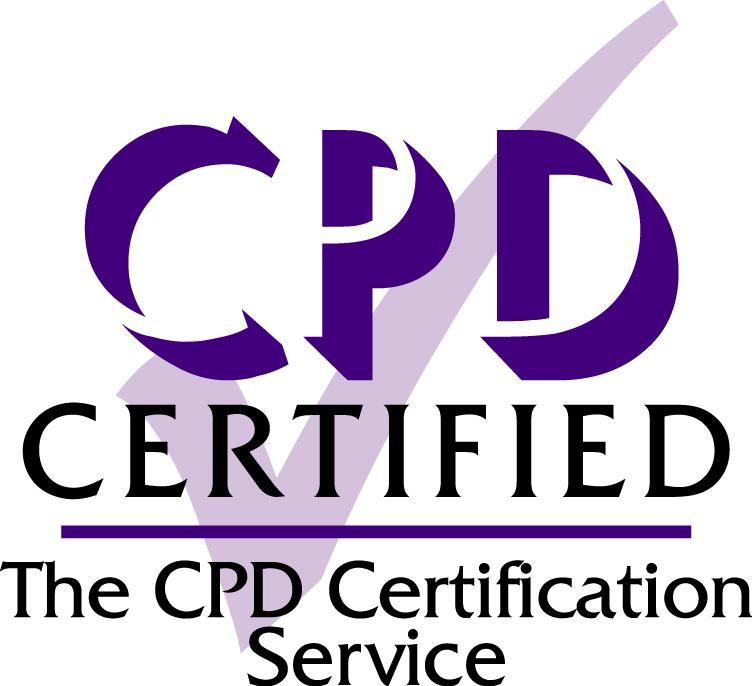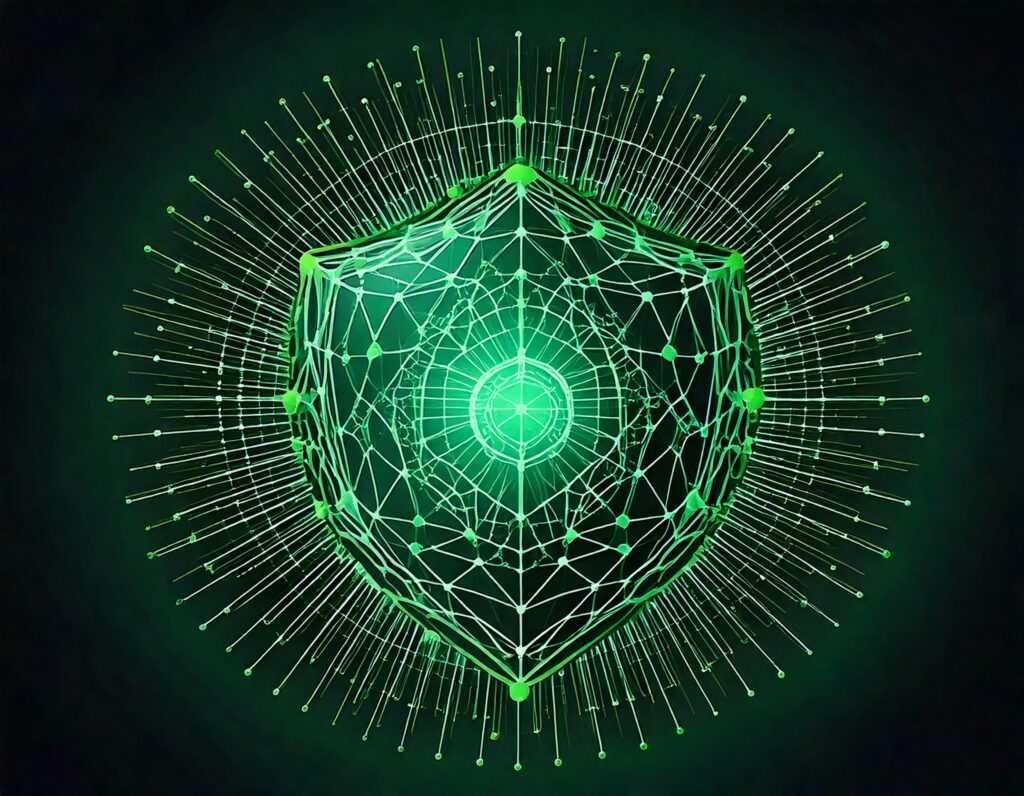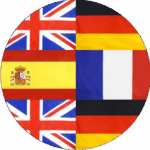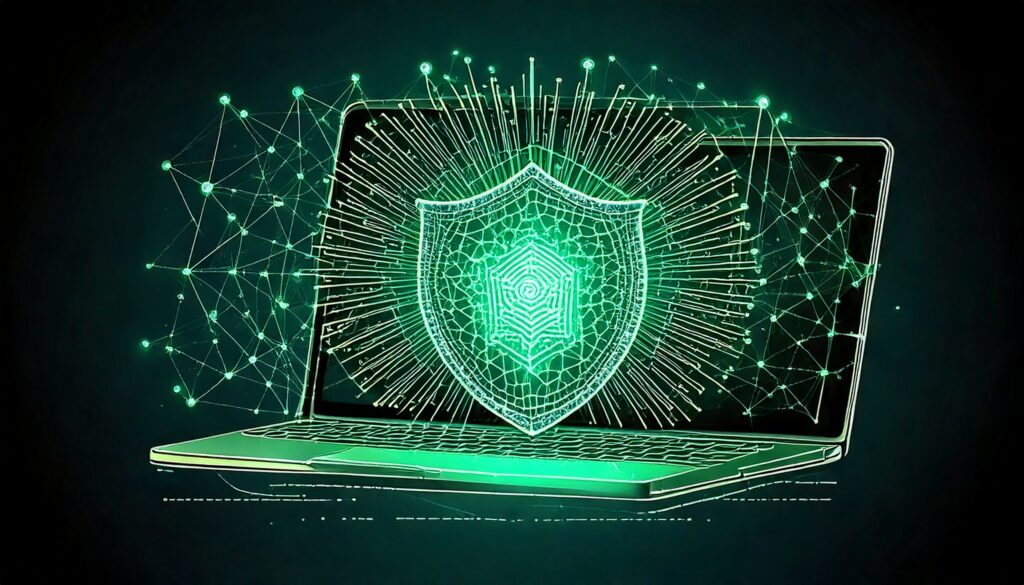

About the course
This training on Introduction to Quantum Computing is the first step for learners to grasp the fundamentals of quantum computing, designed to demystify the core principles and practical applications of this revolutionary technology.
Learning objectives
The training delves into the core pillars of quantum computing alongside a deep dive into the linear algebra essential for understanding quantum states and operations. With an emphasis on practical applications, the course covers the basics of quantum computing architecture, including quantum phenomena, the comparison of classical and quantum computing, basic quantum computing algorithms as well as the currently available quantum hardware and software technologies. Through engaging lectures and case studies, students will gain insights into the use cases of quantum computing across various sectors like finance, healthcare, and logistics, preparing them for the advancements in the second quantum revolution.
What skills you will learn
- Technical Skills: Acquire a comprehensive foundation in quantum mechanics, computing fundamentals, linear algebra, quantum phenomena, algorithms, hardware technologies, and software development to navigate the evolving landscape of quantum technologies.
- Business Skills: Gain strategic insights and understand the practical applications of quantum computing across various sectors, preparing for market trends, investment opportunities, and the integration of hybrid quantum-computing models into business operations.
Training Structure
Prerequisites
There is no prerequisite for taking this training.
Duration
The estimated duration to complete this course is approximately 5 hours.
Who Should Enrol
This training is ideal for Executive & strategists, Engineers & Technicians, Software developers, Data Scientists, Researchers, Students.
Why Enrol
Enrol in the training to gain a crucial understanding of fundamentals of quantum computing, linear algebra, and quantum computing algorithms for its applications in various industries.




